Understanding Bulkhead Installation Galveston
In coastal areas like Galveston, protecting waterfront properties from erosion and flooding is a critical issue. One effective method is through bulkhead installation galveston. This article delves into what bulkheads are, their importance, the key components involved in the process, material choices, and various other essential factors in the installation and maintenance of bulkheads.
What is a Bulkhead?
A bulkhead is a structure designed to resist lateral soil pressure and water pressure, serving as a retaining wall at the water’s edge. Typically made of materials like wood, vinyl, or concrete, bulkheads are critical in creating a barrier that protects land from erosion. They can also offer additional advantages, such as providing a flat surface for recreational activities, preventing sediment buildup, and providing a habitat for aquatic life.
Importance of Bulkhead Installation in Coastal Areas
The coastline is continuously affected by natural elements like waves, tides, and storms. Bulkhead installation plays a vital role in:
- Erosion Control: Bulkheads prevent soil erosion, which can otherwise lead to loss of land and property.
- Flood Prevention: By acting as a barrier against high tides and storm surges, bulkheads protect waterfront properties from potential flooding.
- Property Value Maintenance: Well-installed bulkheads can enhance property values as they reduce the risk of damage from water-related issues.
- Environmental Protection: They help maintain the ecological balance in coastal areas by controlling sedimentation and providing habitats for wildlife.
Key Components of a Successful Bulkhead
The effectiveness of bulkheads relies on several essential components:
- Design: A well-thought-out design that considers local conditions, wave heights, and site topography.
- Materials: The choice of materials impacts durability and resilience. Options include wood, vinyl, and concrete.
- Drainage: Proper drainage is crucial to prevent water pressure build-up behind the bulkhead, which can lead to failure.
- Construction Quality: Expertise in the installation process ensures that the bulkhead remains stable and effective in the long run.
Choosing the Right Materials for Bulkhead Installation Galveston
Wood vs. Vinyl vs. Concrete: Pros and Cons
When selecting materials for bulkhead construction, landowners typically consider wood, vinyl, and concrete:
Wood
Wood is a traditional choice for bulkhead construction. It is relatively easy to install and provides a natural look. However, its lifespan can be significantly affected by water exposure, pests, and decay.
Vinyl
Vinyl bulkheads are becoming increasingly popular due to their durability and low maintenance requirements. They resist corrosion, termites, and rotting, but they can be more expensive upfront compared to wood.
Concrete
Concrete bulkheads are incredibly sturdy and long-lasting. They withstand harsh marine environments, but they can be costly and difficult to install without expert assistance.
Environmental Considerations in Material Selection
Choosing the right materials for bulkhead installation should involve an assessment of environmental impacts:
- Leaching: Some materials may leach harmful chemicals into the water.
- Wildlife Impact: True environmental impact includes effects on local wildlife habitats.
- Permits and Regulations: Local regulations may restrict the use of certain materials to minimize environmental effects.
Cost Factors and Budgeting for Your Bulkhead
The cost of bulkhead installation varies based on several factors:
- Material Costs: The type of material selected will significantly affect the overall project cost.
- Size and Scope: Larger or more complex installations require more resources and labor, increasing expenses.
- Labor: Hiring experienced contractors can add to costs but may ensure a better installation.
Budgeting effectively involves planning for possible unexpected expenses, such as erosion control measures or added equipment for installation.
Steps for Effective Bulkhead Installation Galveston
Site Assessment and Preparation
The first step in the installation process is conducting a thorough site assessment. This involves examining soil conditions, water levels, and any existing structures. Proper preparation may include:
- Clearing the site of debris, vegetation, and any obstructions.
- Evaluating soil stability and making necessary adjustments to provide a solid foundation.
- Preparing for any required permits and inspections mandated by local regulations.
Installation Techniques and Best Practices
Once the site is prepared, several best practices can optimize the overall installation:
- Using Appropriate Equipment: The right machinery is crucial, especially for handling heavy materials like concrete.
- Follow Manufacturer Guidelines: Each material comes with specific installation instructions that must be adhered to for longevity.
- Plan for Traffic and Water Flow: Ensure that the bulkhead does not impede natural water flow and consider access for maintenance purposes.
Quality Control Checks During Installation
Monitoring the installation process is essential for ensuring quality:
- Regular Inspections: Conduct periodic inspections during the installation to assess alignment and adherence to design specifications.
- Adjustments: Be prepared to make on-site adjustments as conditions may change unexpectedly during the installation.
- Documentation: Keep detailed records of the materials used and installation methods for future reference and maintenance.
Maintenance Tips for Your Bulkhead in Galveston
Regular Inspection and Upkeep
Ongoing maintenance is key to prolonging the life of your bulkhead. Regularly inspect for:
- Signs of damage or decay in the materials.
- Shifting or settling that may compromise the structural integrity.
- Excessive vegetation growth that might lead to erosion at the edges.
Common Repairs and When to Call a Professional
Some common bulkhead repairs include:
- Replacing rotten or damaged boards.
- Reinforcing weak spots identified during inspections.
If repairs require specialized knowledge or tools, it’s wise to call in a professional to handle the situation to ensure safety and quality.
Extending the Lifespan of Your Bulkhead
To maximize the longevity of your bulkhead, consider the following:
- Proper Drainage: Install drainage systems to alleviate water pressure behind the bulkhead.
- Regular Maintenance: Ensure routine inspections and upkeep, addressing issues before they escalate.
- Plant Native Vegetation: Planting vegetation along the waterside can help stabilize the soil and reduce erosion.
Frequently Asked Questions About Bulkhead Installation Galveston
How Long Does Installation Take?
The installation timeline can vary based on size and materials, but typically, a small to medium-sized bulkhead can be installed within a few days to a week, depending on local conditions.
What Are the Local Regulations and Permits Required?
Local building codes and environmental regulations often dictate the types of bulkheads allowable in coastal areas, so it is crucial to consult with local authorities and acquire necessary permits before beginning construction.
How to Choose a Reliable Contractor for Installation?
When selecting a contractor for bulkhead installation, consider the following:
- Experience: Look for contractors with proven experience in bulkhead installation.
- References: Ask for and check references from previous clients.
- Insurance and Licensing: Ensure that the contractor is licensed and insured to protect against liability.

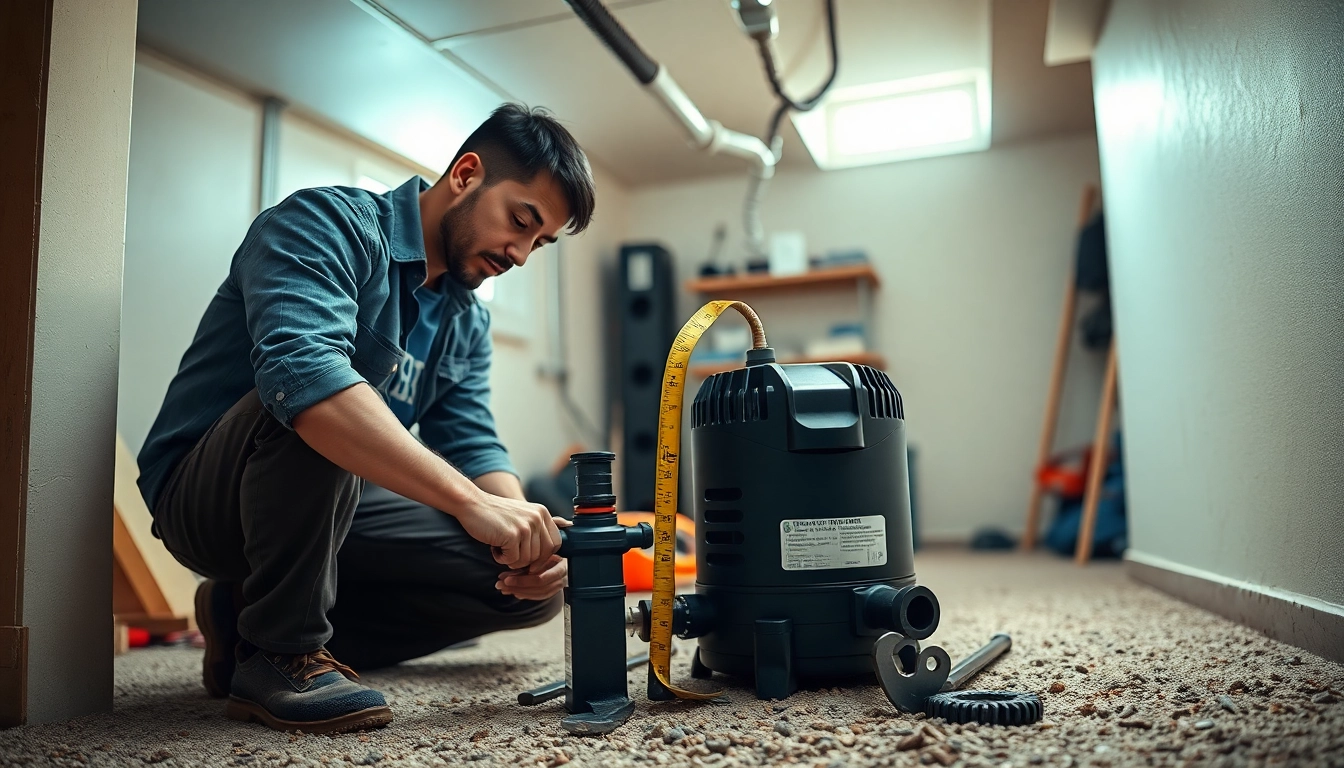

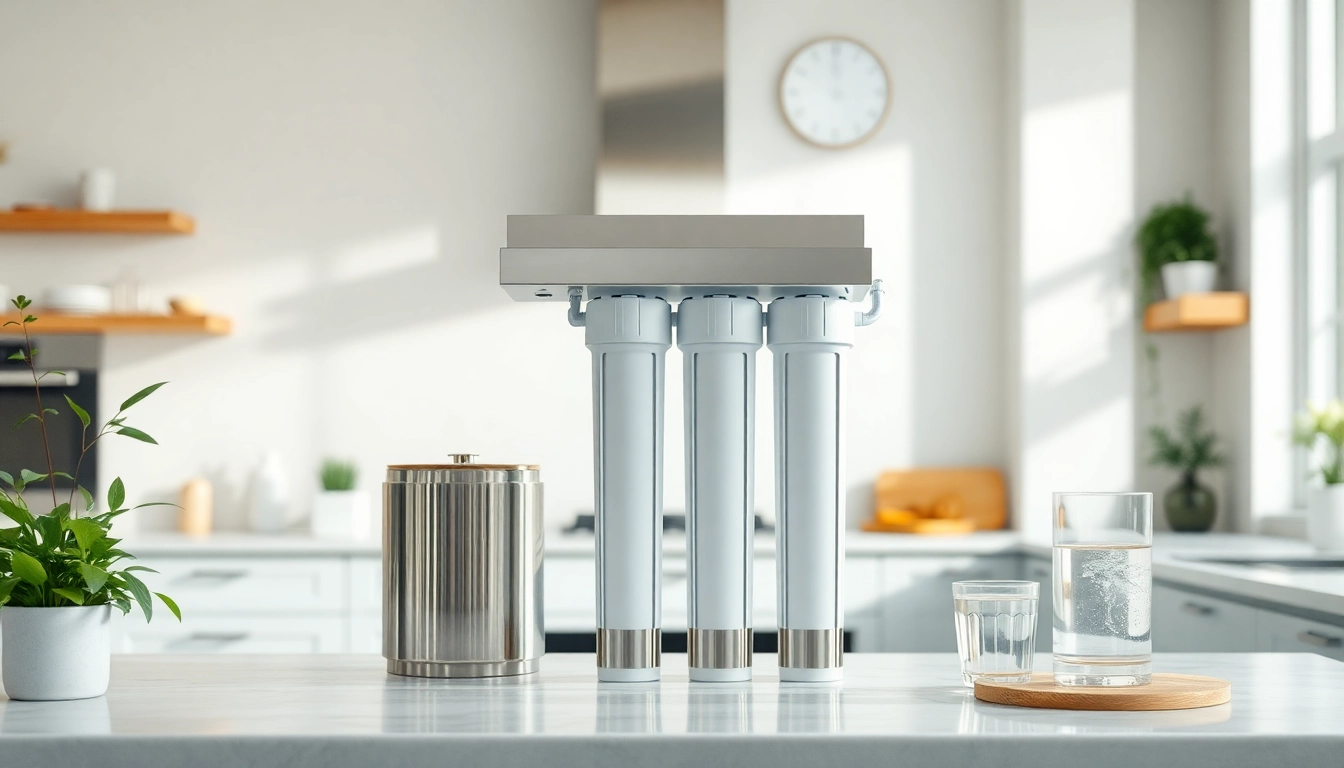

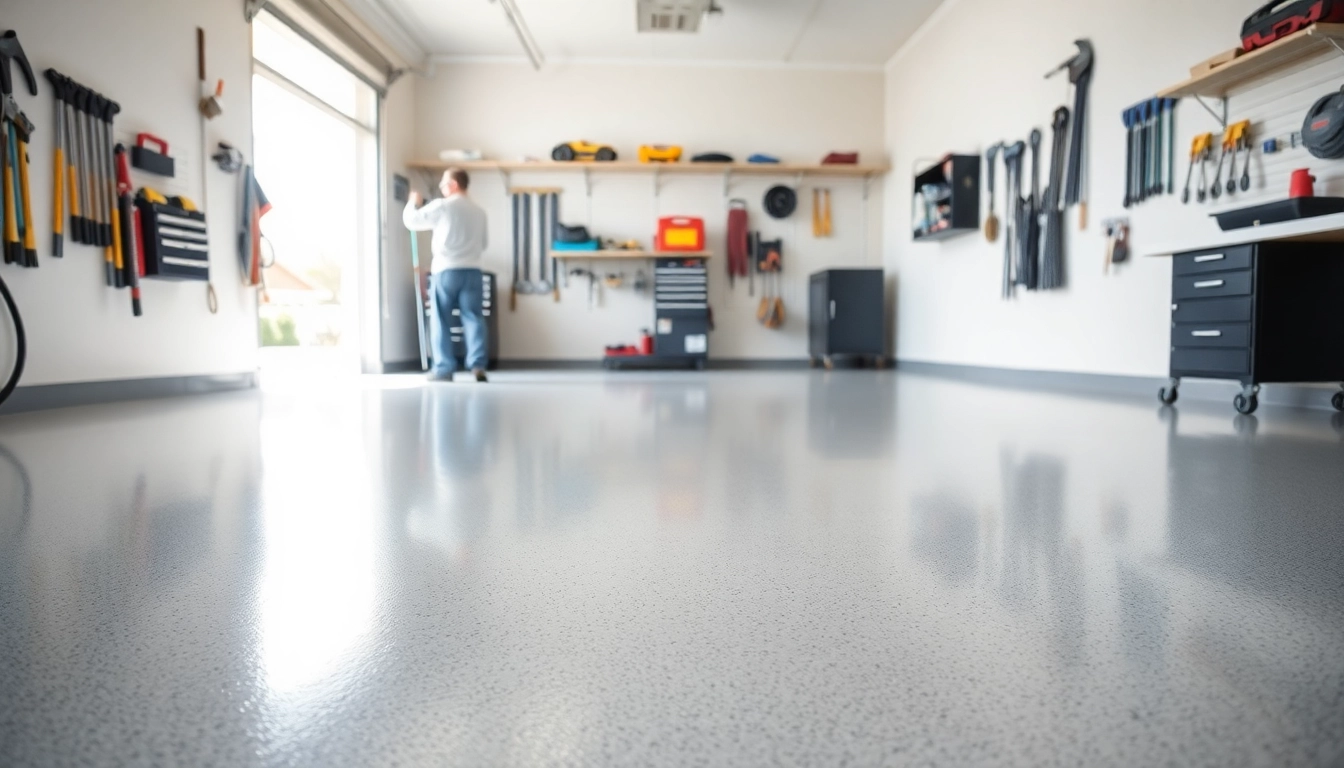



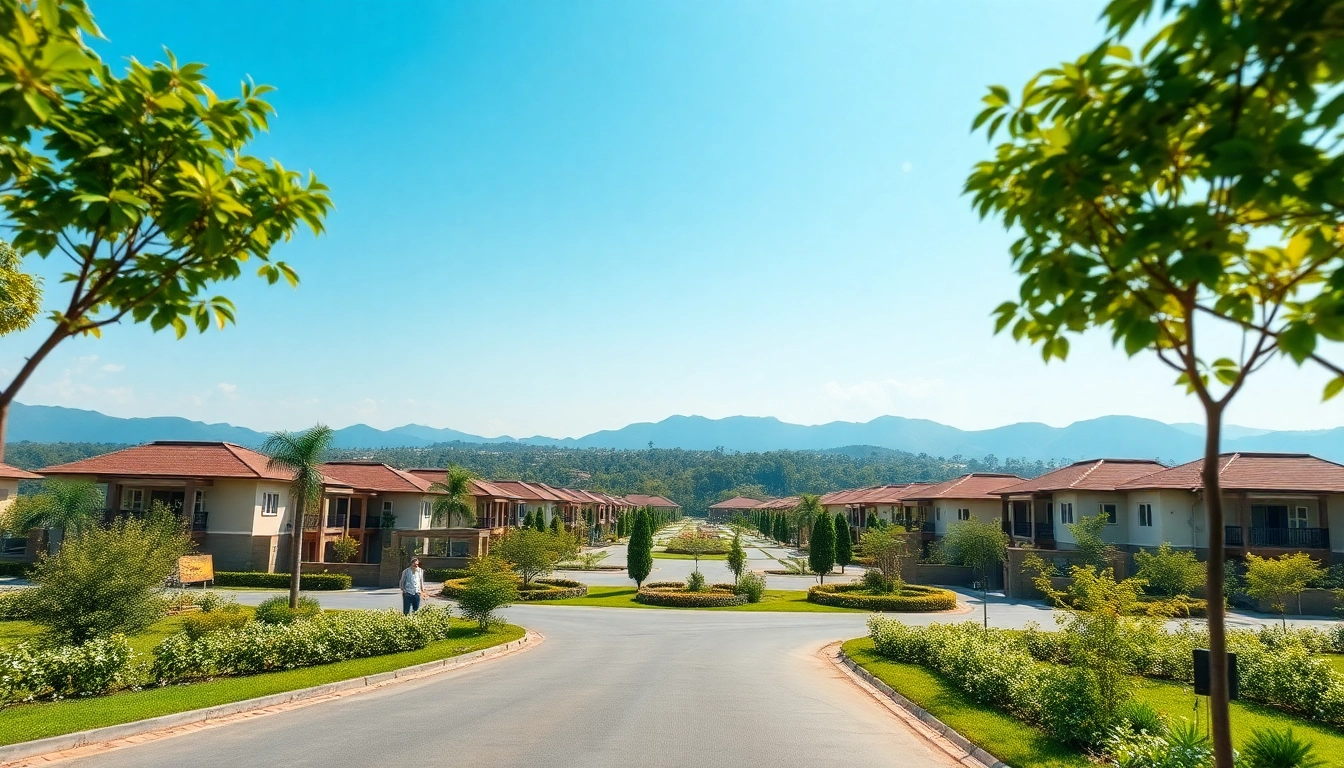


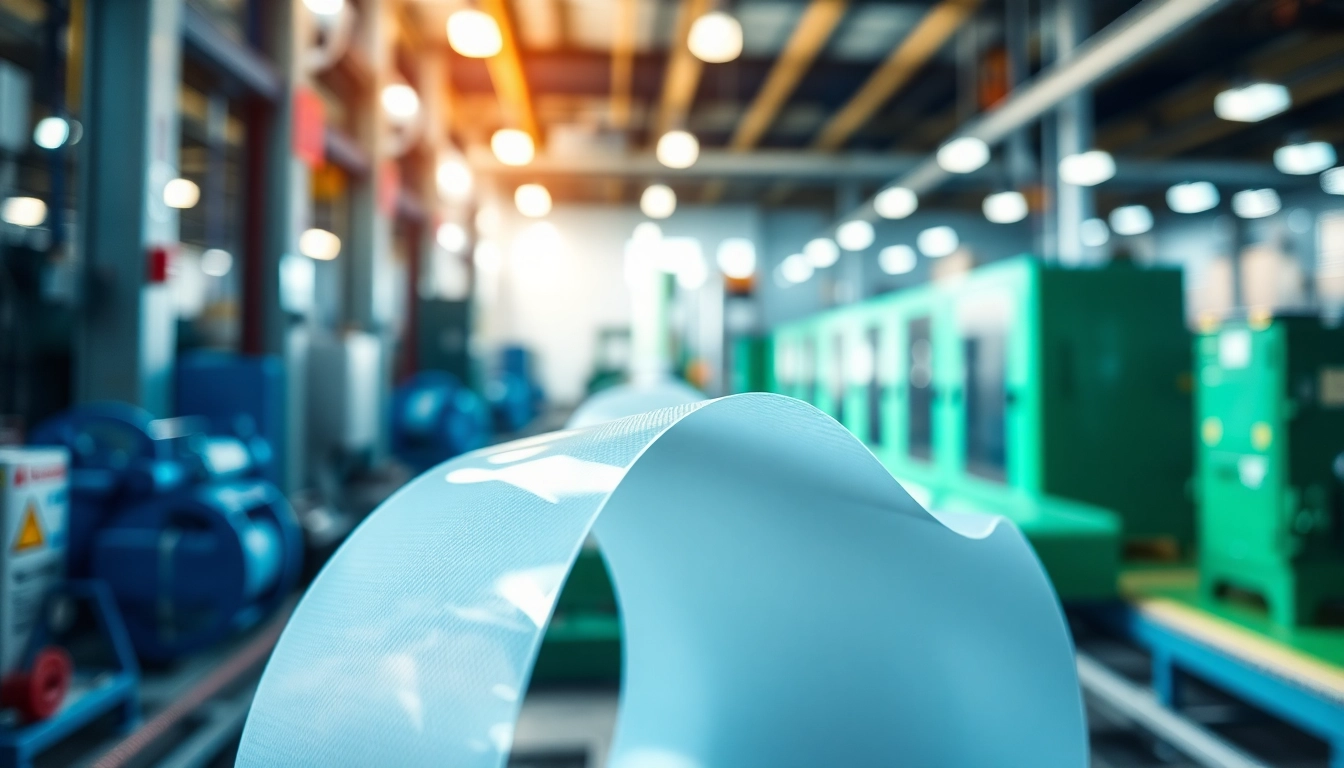


Leave a Reply